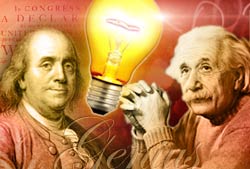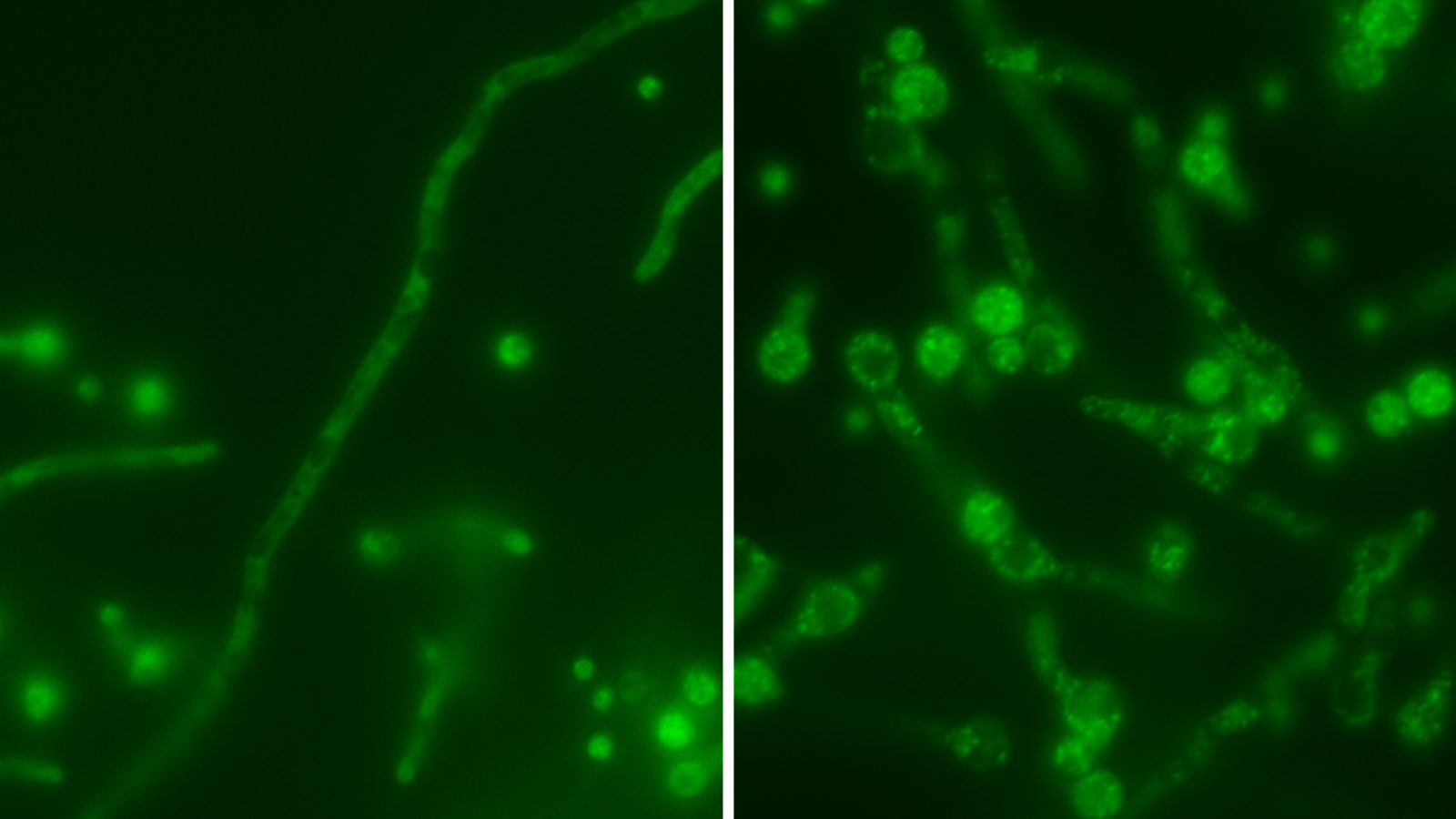The Geniuses Behind the Geniuses

Sir Isaac Newton once said that if he had achieved anything with his work, such as his laws of motion and gravity, it was "by standing on the shoulders of giants."
The scientific vision and achievements of those before brought Newton metaphorically to a higher ground that allowed him to "see" further into the nature of the physical world.
Newton's "giants" probably included Aristotle and Rene Descartes, among others.
Few scientists are in Newton's class. Among them was Albert Einstein.
And sure enough, a couple of centuries later, one of the many things Einstein puzzled over included how to reconcile Newton's law of gravity with special relativity, which describes the motion of objects at high speeds.
The result, after eight years of work, was his theory of general relativity. Einstein consulted during this time with such greats as physicist Max Planck and mathematicians David Hilbert and Tullio Levi-Civita, who contributed much to calculus and other fields. Giants hanging out with giants.
The reality is that behind many scientific geniuses, there is at least one other genius, and often a number of them.
Get the world’s most fascinating discoveries delivered straight to your inbox.
Nicolaus Copernicus, who theorized heretically in the early 1500s that the Earth orbited the Sun, not vice-versa, had a huge influence on astronomers Johannes Kepler and Galileo Galilei, as well as Newton. Some shoulders are bigger than others.
Some scientific stars practically orbit one another, says John Galbraith Simmons, author of "The Scientific 100" (Citadel Press, 2000). For instance, Charles Darwin brought a copy of Charles Lyell's foundational book on geology with him on his 5-year journey to the Galapagos and beyond.
Without the insight that the rocks of today developed over time due to a succession of physical events, Darwin would have struggled dearly to arrive at his theory of evolution, which explains how life as we see it now also developed over time.
Another binary scientific setup is Michael Faraday, who was the first to conceptualize electromagnetic fields, and James Clerk Maxwell, who explicitly started out with Faraday's insights and spent his life developing them into laws that quantify and explain how electricity works.
Francis Crick and James Watson, co-discoverers of the structure of DNA, were following up on a suggestion made just a couple years earlier by chemist Linus Pauling about the general helical nature of large protein molecules.
It takes much more than a genius pal or predecessor, however, to do great science, according to Simmons. Scientific advances emerge from social, economic and political conditions.
"The idea of a lone genius who changes the world with his ideas is essentially flawed," Simmons told LiveScience. "Copernicus came up with a brilliant idea, and it would have been strictly limited without Kepler's work. But the social background—the Reformation—played a major role in how all this work was conceived and received. Society creates the conditions for scientists to be creative and productive—or not."
- Geniuses are Just Like Us
- Vote Now: The Greatest Modern Minds
- Some of Ben Franklin's Quirkiest Ideas
- Da Vinci's Best Ideas

January is Genius Month at LiveScience.
Vote for the Greatest Modern Mind
Some of Ben Franklin's Quirkiest Ideas
In the Archives:
Smart People Choke Under Pressure
Simple Writing Makes You Look Smart
Robin Lloyd was a senior editor at Space.com and Live Science from 2007 to 2009. She holds a B.A. degree in sociology from Smith College and a Ph.D. and M.A. degree in sociology from the University of California at Santa Barbara. She is currently a freelance science writer based in New York City and a contributing editor at Scientific American, as well as an adjunct professor at New York University's Science, Health and Environmental Reporting Program.

